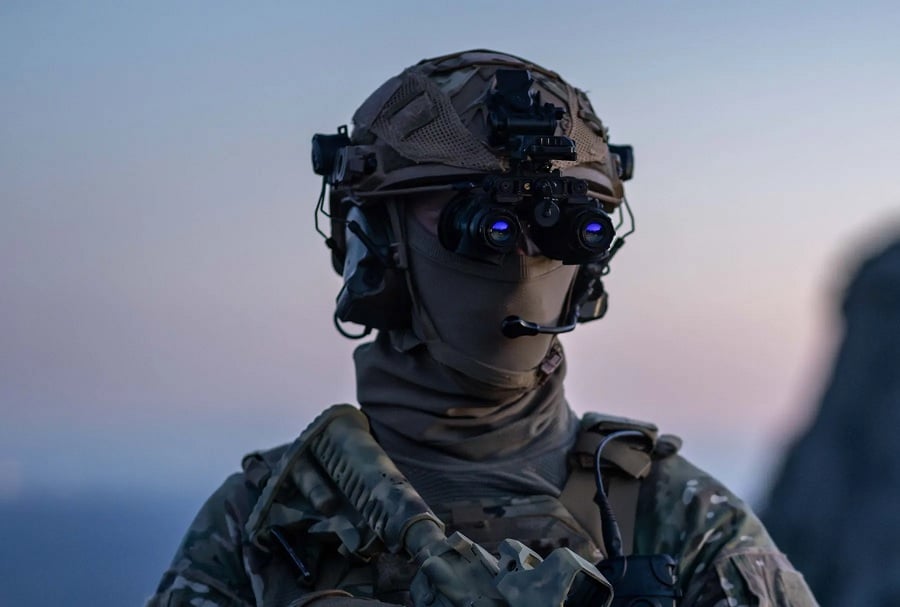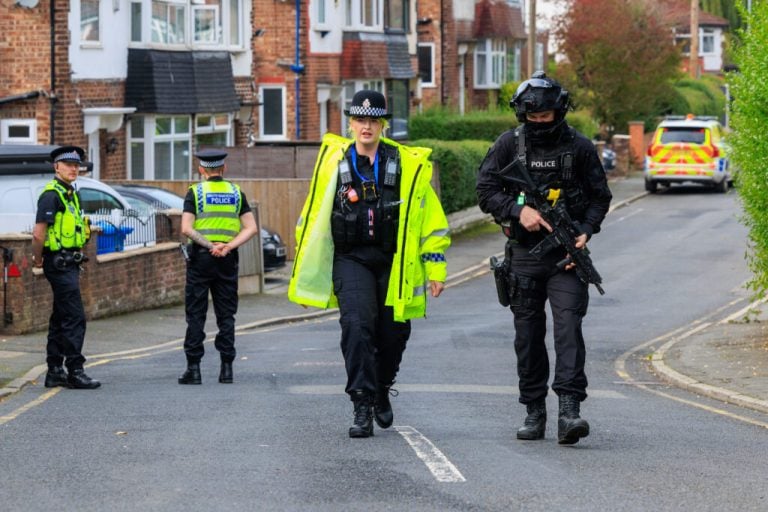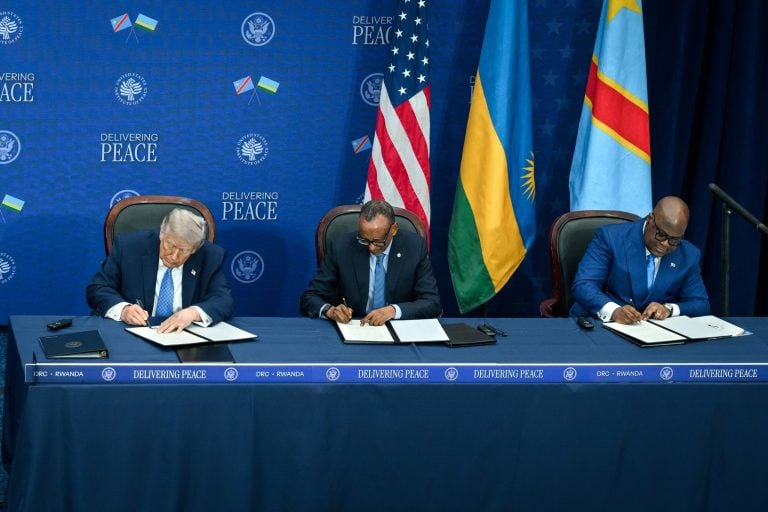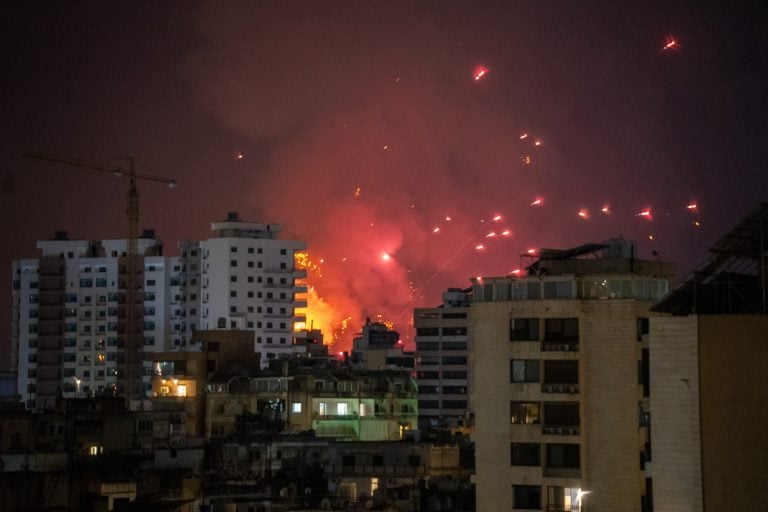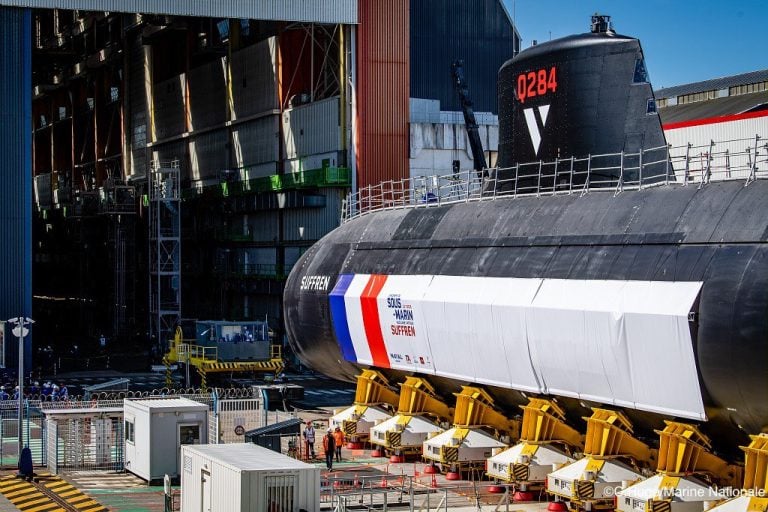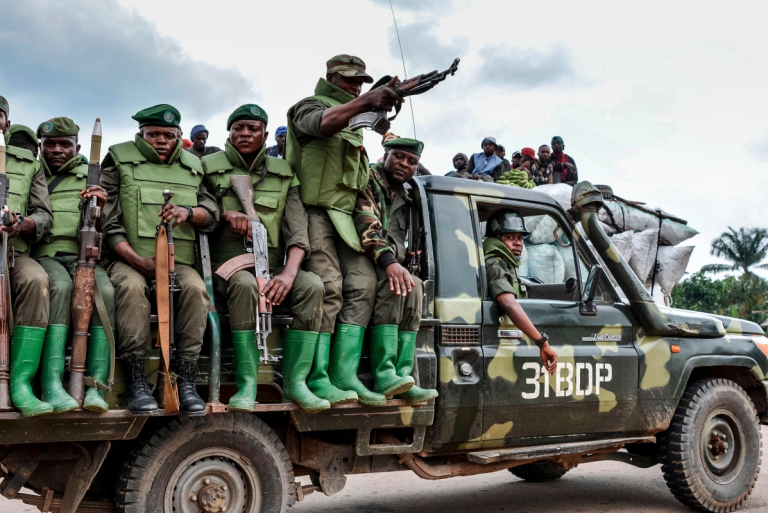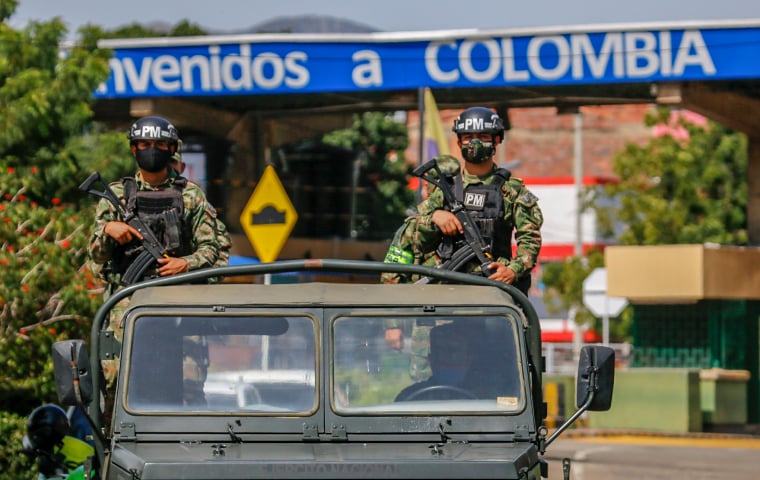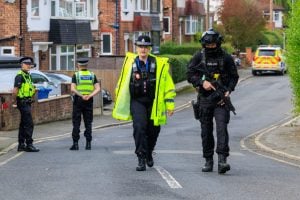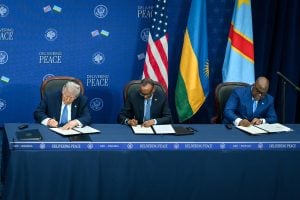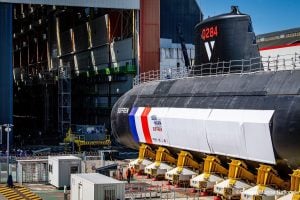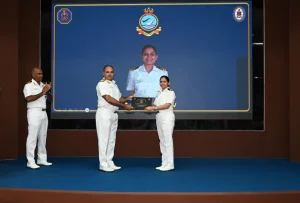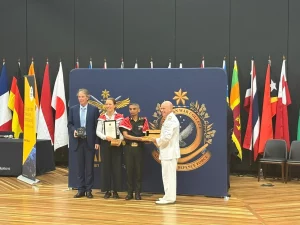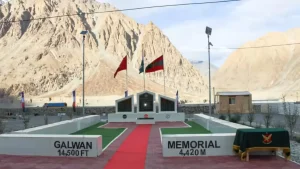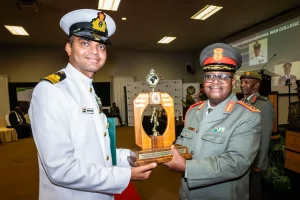Imaging firm Exosens will be supplying 17,000 monocular night vision devices to the Spanish Army, marking a pivotal advancement in the country’s night vision modernization efforts. This deal stands out as one of the largest of its kind in Spain’s history, reflecting a strategic investment in enhancing the capabilities of its armed forces.
Production responsibilities will be undertaken by Night Vision Lasers Spain (NVLS), a company that Exosens recently acquired, allowing for a streamlined production process and innovative advancements in technology. The agreement specifically focuses on a new monocular design that boasts a 50-degree wide field of view, built around sophisticated 16mm 4G image intensifier tubes.
Monocular devices are equipped with a single lens, making them more compact than traditional binoculars. This compactness translates to versatility, as soldiers can easily mount the devices on helmets or weapons, enabling effective operation in low-light or complete darkness scenarios. The updated monocular design enhances the visible image by more than 60 percent compared to older 40-degree systems, all while maintaining the same size and weight, which is critical for operational efficiency.
The inclusion of Exosens’ 16mm 4G intensifier tubes allows for improved resolution and sensitivity, significantly enhancing performance under low-light conditions. Jorge de la Torre, CEO of NVLS, emphasized that this order not only underscores the quality and innovative nature of their technologies but also their commitment to delivering top-tier night vision solutions to European Armed Forces.
The contract, slated to run from 2025 through 2028, plays a crucial role in Madrid’s initiative to equip its land forces with next-generation optical technologies. This acquisition follows Spain’s previous purchase of AN/PVS-14 monoculars in 2019 and aligns with the ongoing efforts to modernize the Navy and Army, which have already utilized 16 mm 4G binoculars.
Moreover, this significant procurement reflects a broader trend among NATO militaries, where advancements in night vision and sensor technology are increasingly recognized as vital components of military effectiveness, sometimes equating their importance to that of armored vehicles and artillery. Recent large-scale exercises involving NATO units in Eastern Europe have highlighted the focus on enhancing night-fighting capabilities, underscoring the critical role these technologies will play in future operations.
